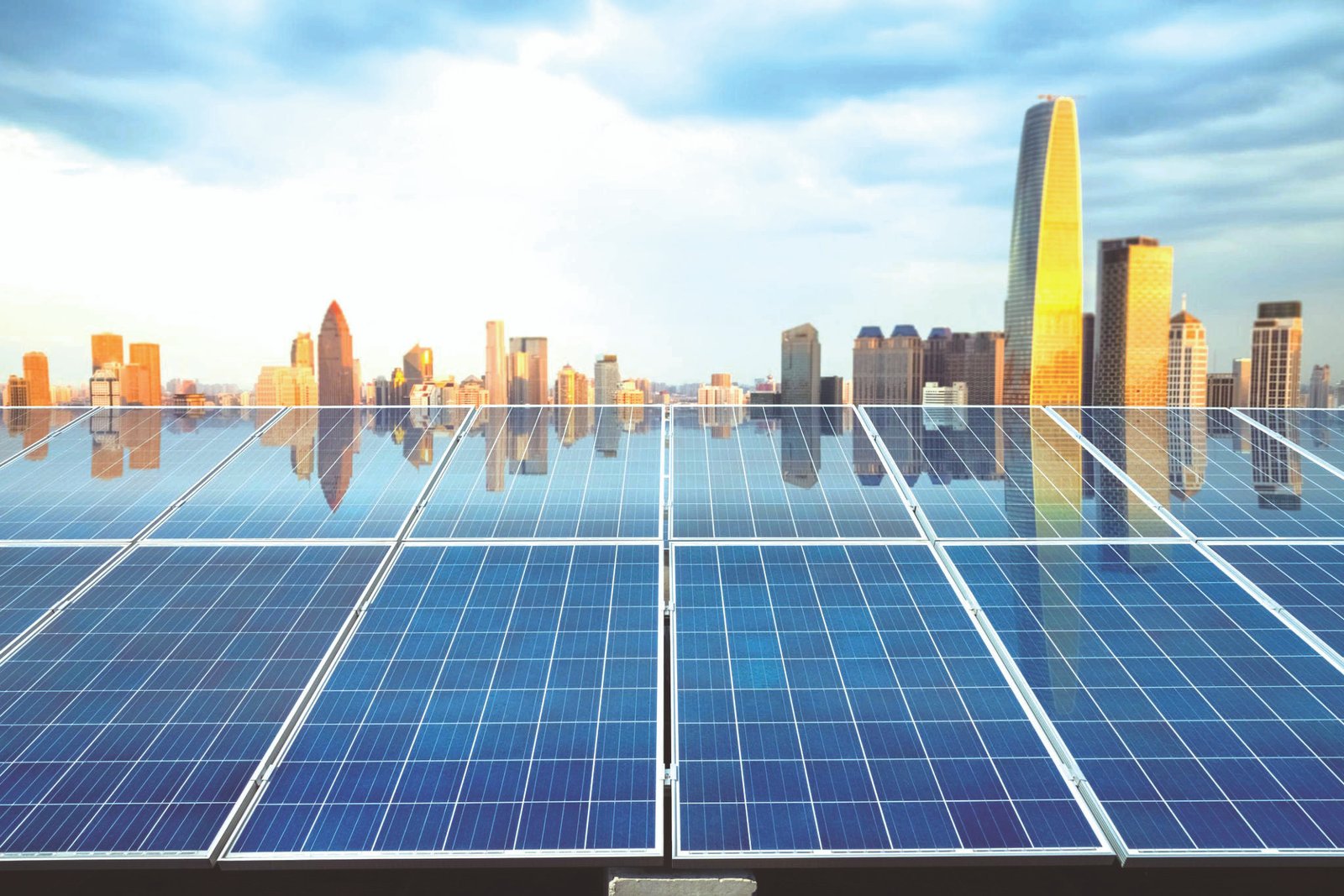
The global clean energy transition is unfolding at a breathtaking pace, shaped by technological breakthroughs, shifting investment landscapes, and ambitious climate policies. Yet, it is also influenced by fiscal and tax reforms in major economies, which send signals across borders and alter capital flows in subtle but impactful ways. The introduction of a new tax base by the United States is one such reform, which, though designed to meet domestic fiscal objectives, has raised important questions for energy professionals worldwide. One pressing concern is whether this shift in American taxation could slow down the acquisition of renewable energy in the European Union, at a time when the EU is experiencing a steady decline in the technology cost index for both solar and wind power. The implications extend beyond the transatlantic relationship. It also touches the developing countries such as Bangladesh, which find themselves navigating financing bottlenecks, dependency on global markets, and the urgent need for affordable renewable technologies.
The U.S. tax reform has three potential channels of influence on renewable energy markets, I think. First, the redirection of capital is inevitable when taxation structures shift, leading global investors to prioritize domestic opportunities in the U.S. over overseas projects. Second, the restructuring of taxation in ways that favor domestic supply chains can create a ripple effect, making American projects more attractive relative to those in Europe. Third, the broader signal effect of U.S. tax policy is significant: it communicates that America is prioritizing its domestic clean energy industry and reshaping investor expectations accordingly. For Europe, which has long been dependent not only on domestic financing but also on flows of international capital, these changes create uncertainties that could translate into temporary slowdowns in renewable project acquisition.
Yet the European Union’s own data tells a story of resilience and cost competitiveness. The technology cost index, calculated from average capital expenditures for solar and wind projects across 27 member states between 2000 and 2024, reveals a decisive downward trend. In the early 2000s, solar power was prohibitively expensive, with costs averaging more than 450 USD per kilowatt, while wind stood near 110 USD per kilowatt. Over two decades, however, solar experienced the steepest decline, benefiting from rapid learning curves, economies of scale, and improved global supply chains. Wind followed a steadier but significant path of cost reduction. The convergence of these technologies by the 2020s reflects a diversified and increasingly competitive renewable portfolio for the EU. This trajectory provides Europe with a critical buffer: even if global capital temporarily shifts toward U.S. projects, the steadily falling costs of renewable technologies make European acquisition structurally viable in the long run.
The chart below illustrates this downward trajectory of capital expenditures for solar and wind in the EU from 2000 to 2024, underscoring the steady decline that underpins the resilience of the European market.
As the world prepares for COP30, these dynamics take on added significance, since the summit will play a decisive role in shaping climate finance commitments and technology transfer frameworks. In my point of view, this evidence also aligns with the expectations for COP30, where discussions on technology cost-sharing and equitable access will directly relate to such downward cost trajectories.
The evidence from the chart is clear. Solar, which began as the more expensive option, has seen the most dramatic reductions in capital expenditure. This has transformed it from a niche, high-cost option into a mainstream, scalable technology that is now on par with wind in terms of competitiveness. Wind, though beginning at a lower base, has also steadily declined in cost, further diversifying Europe’s energy options. For energy professionals, these dynamics mean that despite potential financial frictions caused by U.S. taxation policies, the EU’s renewable momentum is unlikely to be fundamentally derailed. Policy frameworks such as the European Green Deal and the Fit for 55 packages only reinforce this trend by ensuring long-term commitment and stability for investors.
However, the implications of these developments extend far beyond Europe. Developing countries like Bangladesh are directly affected by the shifts in global taxation and technology cost structures. Bangladesh faces unique challenges: financing constraints, dependency on imported technology, policy inconsistencies, and weak grid infrastructure. Its renewable ambitions are ambitious but often undermined by a lack of affordable capital and reliable technology access. If global capital is redirected toward U.S. projects due to tax incentives, Bangladesh may find itself facing an even narrower window for concessional financing. Moreover, reliance on imported solar modules and wind components exposes the country to volatility in global supply chains, which are themselves influenced by policy choices in Washington and Brussels.
At the same time, there are opportunities as well. The steady decline of solar and wind costs in Europe suggests that these benefits will eventually spill over to emerging markets. As technology matures and becomes cheaper to manufacture, developing countries stand to benefit from lower entry costs. For Bangladesh, this means that while financing may remain a hurdle, the relative affordability of renewable technologies could ease the burden of capital-intensive deployment. The key lies in strategic responses: adopting blended finance models that combine public, private, and concessional funds; fostering regional electricity cooperation with Nepal, and Bhutan; and creating local ecosystems for assembling or manufacturing renewable components to reduce dependency on imports.
The triangular relationship between the U.S., the EU, and developing countries such as Bangladesh underscores the interconnectedness of the renewable energy transition. Decisions taken in Washington have ripple effects in Brussels, and their consequences are felt in Dhaka. If U.S. tax reforms concentrate capital domestically, the EU’s cost competitiveness offers a counterweight that ensures global supply of affordable renewable technologies continues to grow. Bangladesh, for its part, must leverage these global trends strategically, turning potential vulnerabilities into pathways for resilience.
Looking ahead to COP30, where global cooperation on climate finance and technology transfer will be central to the negotiations, it becomes even more crucial to recognize these dynamics. In conclusion, I believe that the new U.S. tax base may create short-term frictions in financing and investment flows, but the broader trajectory of renewable acquisition in the EU remains robust due to steadily declining technology costs. Developing countries like Bangladesh face challenges, but they also have opportunities to harness the benefits of cheaper technologies and innovative financing strategies. For energy professionals, the lesson is clear: global renewable energy dynamics are deeply interlinked, and resilience will depend not only on domestic policies but also on the ability to navigate and capitalize on the ripple effects of decisions made far beyond national borders.
Dr. Shahi Md. Tanvir Alam, Visiting Researcher, RIS MSR 2021+ Project, School of Business Administration in Karviná, Silesian University in Opava, Czechia, Email: tanvir@opf.slu.cz /shahi.tanvir@gmail.com
Download Article As PDF/userfiles/EP_23_Article_8.pdf



